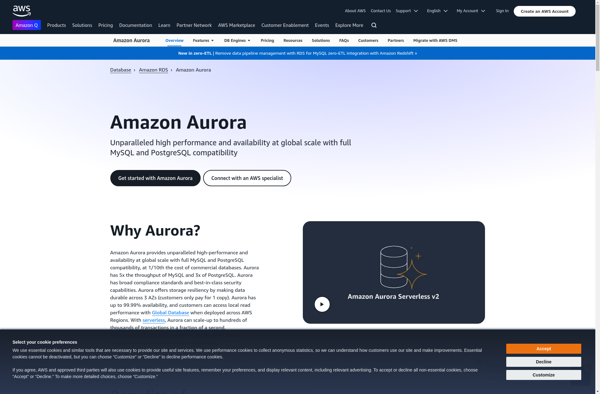Oracle Database
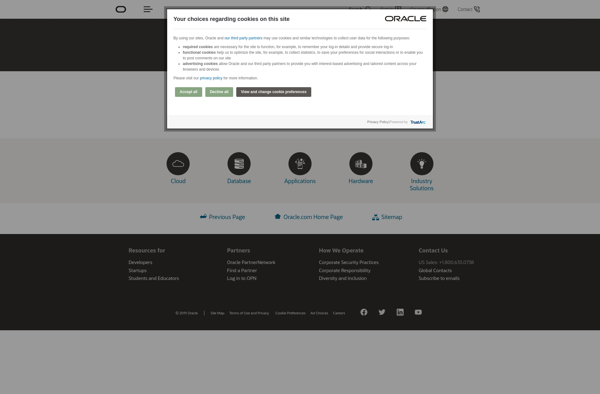
Oracle Database: Relational Database Management System
Oracle Database is a proprietary relational database management system developed and marketed by Oracle Corporation. It is a multi-model database management system, supporting relational, JSON, XML, document, key-value, and graph databases.
What is Oracle Database?
Oracle Database is a powerful, enterprise-level database management system developed and supported by Oracle Corporation. It is used by organizations across industries to store, organize, and process large amounts of data efficiently and securely.
Some key features of Oracle Database include:
- Support for both relational and non-relational database structures like JSON, XML, and key-value pairs
- Advanced security capabilities to protect sensitive data through encryption, access controls, and auditing
- High availability through technologies like Oracle Real Application Clusters and Oracle Active Data Guard for automatic failover
- In-memory database capabilities to accelerate queries and transactions
- Integration of artificial intelligence and machine learning within the database for advanced analytics
- Automated database optimization, tuning, and administration tools to maximize performance
- Cross-platform support across on-premise, cloud, and hybrid environments
Oracle Database powers many demanding enterprise applications across domains like finance, government, telecom, retail, healthcare and more. It offers full backward compatibility so existing applications can easily migrate to new versions or platforms.
Oracle Database Features
Features
- Relational database management system
- Support for JSON, XML, and other data types
- Advanced security features
- High availability and scalability
- Automated management and tuning
- Cloud integration
- In-memory database option
Pricing
- Subscription-Based
- Pay-As-You-Go
Pros
Cons
Reviews & Ratings
Login to ReviewThe Best Oracle Database Alternatives
Top Business & Commerce and Database Management and other similar apps like Oracle Database
Here are some alternatives to Oracle Database:
Suggest an alternative ❐Sequel Pro

SQLite
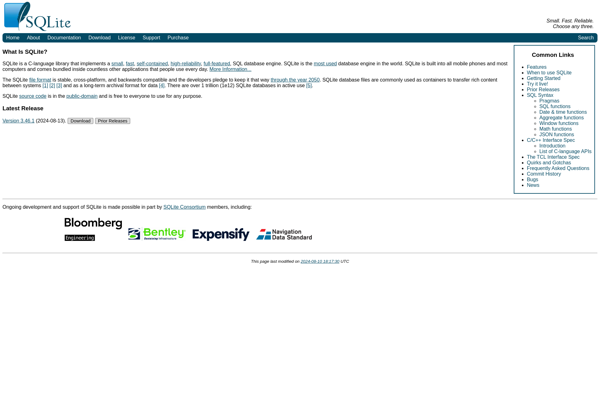
MongoDB
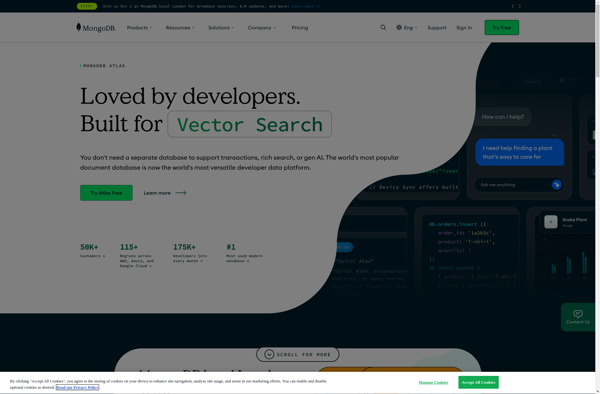
PostgreSQL
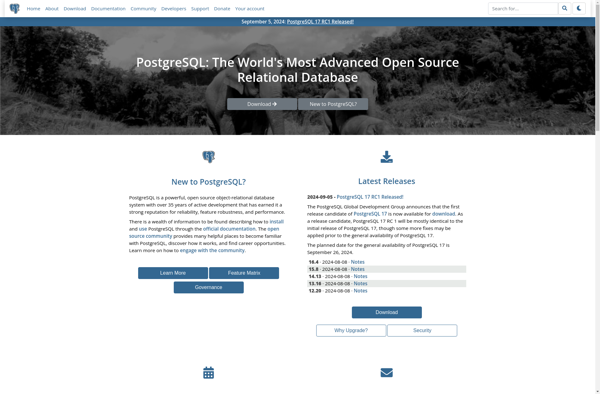
MySQL Community Edition
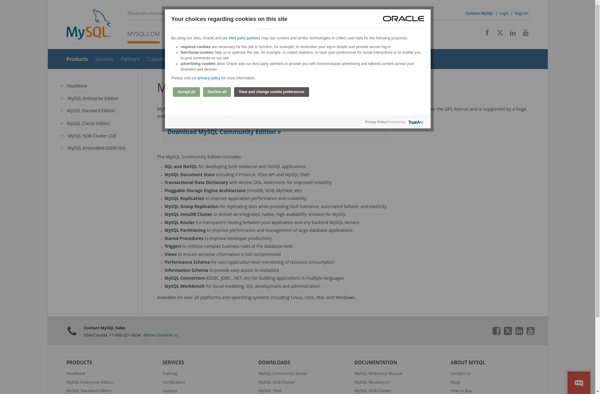
Apache Cassandra
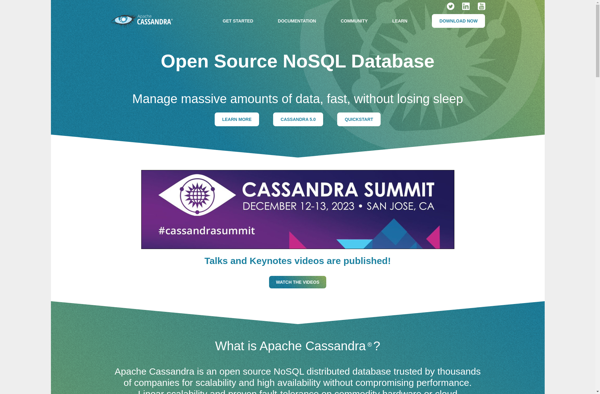
Microsoft SQL Server
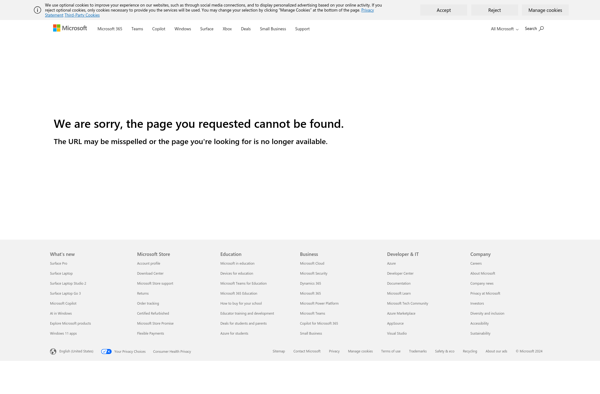
Datomic
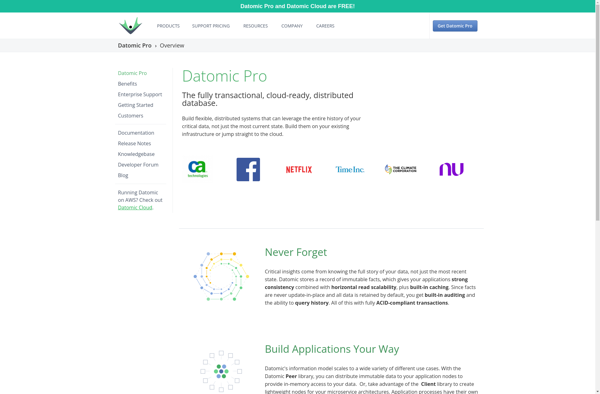
SAP Easy DMS
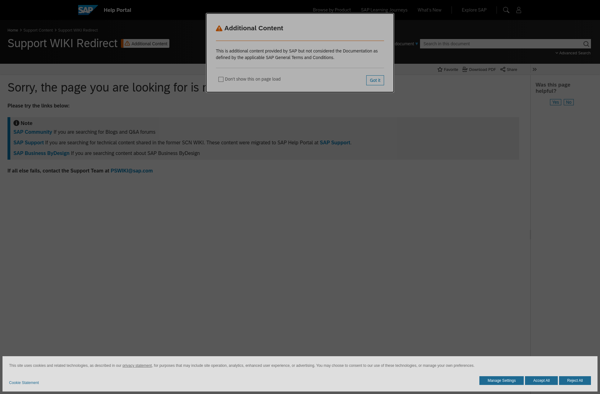
VistaDB
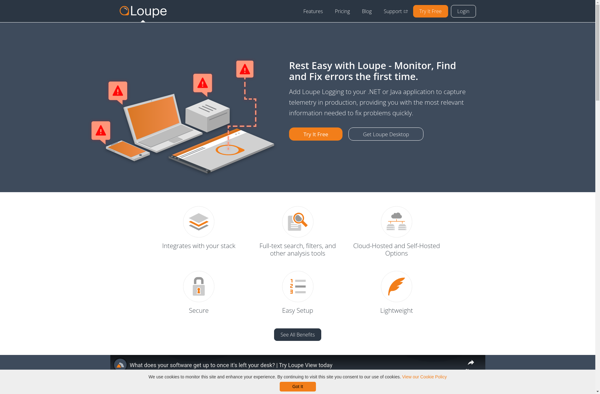
MemSQL
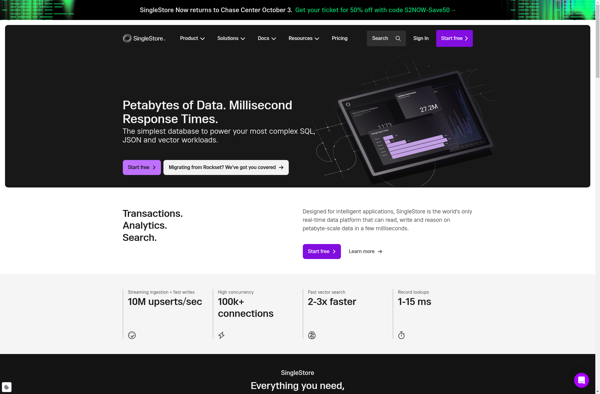
Amazon RDS

Oracle TimesTen
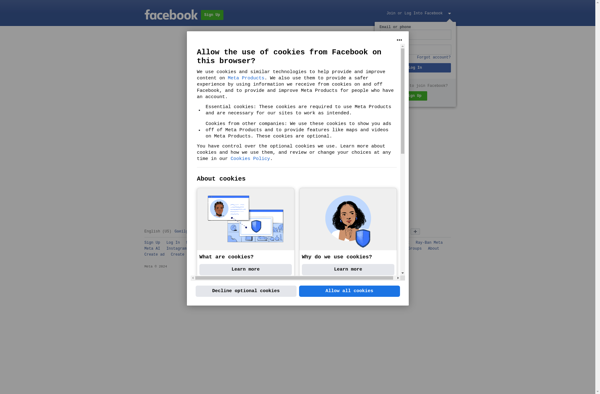
OfficeNetPoint
Tibero
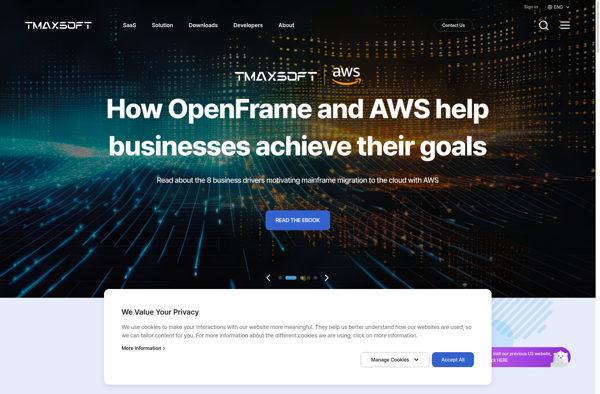
ScaleGrid
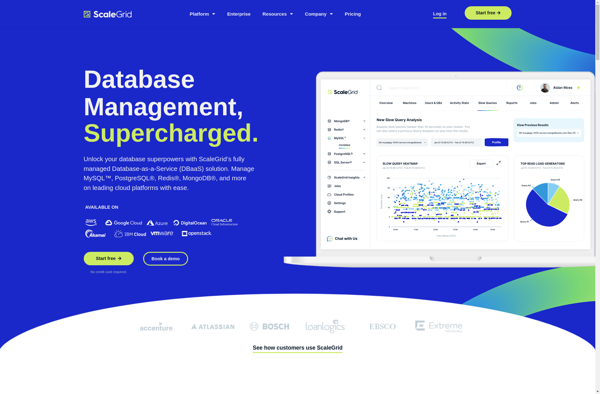
Amazon Aurora
